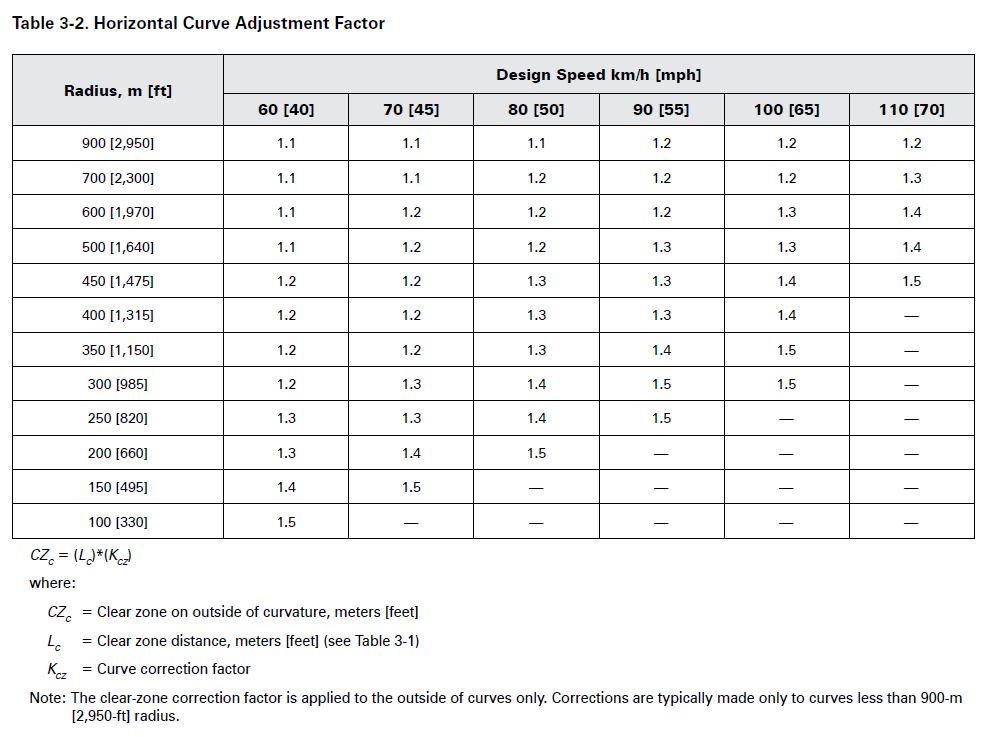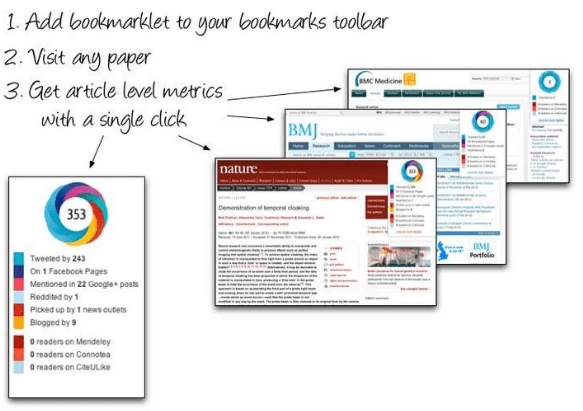Table Of Content

Regarding the design of new railing standards for both "on and off" NHS routes, Load and Resistance Factor Design (LRFD) Section 13 should apply to all new bridges and rehabilitated bridge projects where railing replacement is required. Further support for this position can be referenced to the FHWA memorandum dated May 30, 1997. Please also be reminded that a new railing detail solely designed to the LRFD geometric and resistance requirements does not necessarily warrant "passing" of a full scale NCHRP 350 crash test at the specified performance level.
AASHTO Guidance
Proprietary terminals are also being developed and tested under MASH criteria. As noted at the end of the FAQ list, we expect to develop additional guidance in this format. Please contact Mr. William (Will) Longstreet at if you have a special need for guidance in any of those areas, or to suggest others.
Frequently Asked Questions: Barriers, Terminals, Transitions, Attenuators, and Bridge Railings
The minimum 18 inch horizontal clearance to objects behind curbs that is specified in the AASHTO Green Book is a minimum standard offset that allows for normal traffic operations. Because curbs do not deter errant vehicles from leaving the traveled way, the minimum horizontal clearance does not provide a clear zone sufficient to accommodate errant vehicles. The recommended clear zones in the AASHTO Roadside Design Guide (RDG) are based on the design speed of the facility and the slope of the roadside and are not affected by the presence of curbs. It is recognized that providing a clear zone as recommended in the RDG may not be practical in low speed curbed facilities because of right-of-way constraints and other realities of the built environment and a design exception is not required in these cases.
Projects off the NHS
By creating Clear Zones, roadway agencies can increase the likelihood that a roadway departure results in a safe recovery rather than a crash, and mitigate the severity of crashes that do occur.

Clear Zone and Horizontal Clearance
This section presents a brief outline of changes from the 3rd edition, plus provides additional detail on certain significant issues that may affect State design standards. Title 23 USC 109 provides that projects (other than highway projects on the NHS) shall be designed, constructed, operated, and maintained in accordance with State laws, regulations, directives, safety standards, design standards, and construction standards. Over the next several years, more and more tests incorporated “delineator” style vertical elements as this became the in service condition of nearly all curbing systems utilized in this country. Q17.) Do we need to have the vertical devices (road tubes, vertical panels, etc.) in place when crash testing a “curbing” system as a work zone device in Category II. A4.) FHWA does not recommend altering a conventional w-beam rail by drilling new holes to accommodate the MGS. If the rail does not come with slots pre-punched at the 3’ 1 1/2” mark, attempting to drill a new hole may compromise the performance of the rail or constrain its lateral movement.
Barrier Terminals and Crash Cushions
FHWA also recommends that State DOTs should not use salvaged or reconditioned guardrail material on State projects off the NHS because w-beam guardrails are at performance limits when all the materials used conform to specifications. It is intended to be used as a resource document offering guidance from which individual highway agencies can develop standards and policies. Although much of the material in the Guide can be considered universal in its application, several recommendations are subjective in nature and may need modification to fit local conditions.
Memorandum: AASHTO Roadside Design Guide 4th Edition
However, the minimum 18 inch horizontal clearance to vertical obstructions must still be met unless a design exception is approved. In an attempt to improve roadway safety and to evaluate systems that are reflective of in service conditions, all future test documentation should include the vertical elements that the manufacturers market with the curbing systems. However, FHWA field offices often raise numerous issues that involve interpretations, extrapolations, device selection, hardware deployment, or simply trying to fit safety devices into real world conditions. The following questions and answers offer clarification on certain roadside issues not covered by FHWA policy or topics that simply need additional explanation.
Utilities and Roadside Safety
The revisions to Chapter 6 include the updated guidance on the use of the median barrier. Additional changes to the chapter include a new section on High-Tension Cable Barrier Systems and guidance on the placement of cable barriers. A11.) In the early 2000’s the Midwest Roadside Safety Facility (MWRSF) conducted a study to develop a better-performing roadside barrier.
Trees are unforgiving when too close to the road - Tallahassee Democrat
Trees are unforgiving when too close to the road.
Posted: Sat, 26 Jun 2021 07:00:00 GMT [source]
Roadside Design Guide, 4th Edition
This report describes how the Roadside Design Guide is developed and maintained by the America Association of State Highway and Transportation Officials (AASHTO) Subcommittee on Design, Technical Committee for Roadside Safety. The guide presents a synthesis of current information and operating practices that related to roadside safety and it is written in dual units—metric and U.S. The 2006 edition of the guide supersedes the 1996 AASHTO publication of the same number and it includes an update to Chapter 6, “Median Barriers,” which replaces Chapter 6 of the 2002 edition.
A similar project (NCHRP 20-7(257)) synthesizing information on portable concrete barrier shapes, connections, anchorages, and other considerations will also be completed soon. The roadside policy should also describe how other hazards may be relocated, modified, shielded, or delineated. The provisions of the AASHTO RDG should be used by each State to develop their roadside policy document. W-beam rail is placed under significant tensile loading when the barrier is impacted. A minimum 27 ¾ inch high w-beam rail is at its performance limit when tested to the AASHTO Manual for Assessing Safety Hardware (MASH) Test 3-31 using the quad cab pickup truck at 25 degrees and 100 km/hr. Any potential alteration of the strength of the rail by deformation during an impact or by re-straightening could compromise its performance.
This memorandum supersedes the FHWA memorandum dated July 19, 1990 on the RDG adoption. New steel guardrail posts should conform to AASHTO M270 / ASTM A-36 steel and AASHTO M111 / ASTM A-123 for the galvanizing. When delivered to construction sites, these components are typically accompanied by mill certifications. Salvaged material is often an assortment of varying ages, bolt-hole locations, steel grades, etc. State highway agency should be able to track and verify the source of these materials to ensure the barrier will perform as designed because it is difficult to establish that salvaged guardrail material meets proper specifications.
pavement design - Crossroads - A Minnesota Transportation Research Blog
pavement design.
Posted: Fri, 27 Jul 2018 07:00:00 GMT [source]
Following development of the design standards, FHWA uses a formal rulemaking process to adopt those it considers suitable for application on the NHS. Title 23 USC 109 provides that design standards for projects on the National Highway System (NHS) must be approved by the Secretary of the U.S. Department of Transportation in cooperation with the State highway departments. The Secretary has delegated this authority to the Federal Highway Administrator. A7.) “Green” vehicles such as battery powered cars are larger and heavier than the 820C test vehicle of NCHRP Report 350, so the additional rail height should not be detrimental when considering the future vehicle fleet.

State transportation agencies may establish different standards for non-NHS projects if desired and may elect to use roadside hardware that has not been successfully tested to NCHRP Report 350 guidelines. Nonetheless, the FHWA strongly recommends the use of crashworthy devices on all public facilities where run-off-the-road crashes may occur. These questions and answers offer clarification on the use of roadside hardware for issues not covered by FHWA policy or topics that simply need additional explanation.
Attachment No. 1 is a summary of major changes between the 4th edition and earlier editions.Attachment No. 2 is a compilation of questions and answers. Regardless of the type of system being used, a safe runout distance is needed beyond the beginning of the system, either for the situation where the vehicle passes through the system, or where the vehicle just misses the end of the system and continues behind it. Likewise, proper grading providing an essentially flat pad and traversable side slopes to ensure stability of the vehicle is needed, regardless of the type of system. The terminal is only re-directive beyond the point of length of need, which should be specified by the manufacturer.
The cross section of all w-beam rail is already reduced at the splices, and there is a hole at the mid-span location. Providing additional factory-punched holes or slots at the 3’ 1 1/2” marks does not reduce the effective cross-section. The State highway departments, working through the American Association of State Highway and Transportation Officials (AASHTO) develop design standards through a series of committees and task forces. FHWA contributes to the development of the design standards through membership on these working units, sponsoring and participating in research efforts, and many other initiatives.
If the highway agency approves the condition of the in-situ barrier components, then it may be adjusted to current specifications within the limits of the project. A Clear Zone is an unobstructed, traversable roadside area that allows a driver to stop safely, or regain control of a vehicle that has left the roadway. The width of the clear zone should be based on risk (also called exposure). Clear roadsides consider both fixed objects and terrain that may cause vehicles to rollover. Official websites use .govA .gov website belongs to an official government organization in the United States.

No comments:
Post a Comment